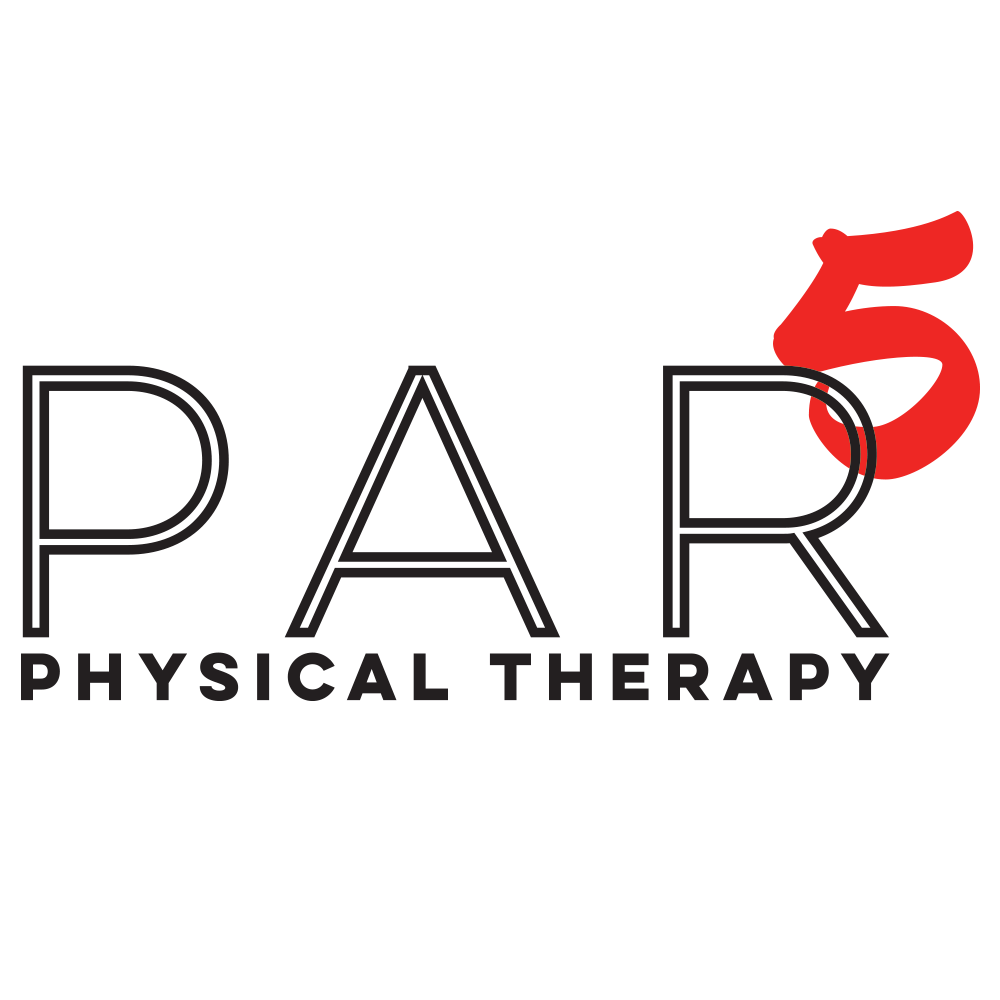How to pick the right Physical Therapist
First, with the Direct Access law, you can go see a physical therapist without having to see a physician. And you have your choice of who to see, you don’t have to see the physical therapist that the doctor told you to see. You’re a health consumer, you should shop around to get the best care for your dollar.
So how do you choose the right one? Here’s some tips:
Pick one that see only one patient per hour. Most clinics don’t advertise how many patients they schedule per hour. Would you see any other service that splits your time with other clients? How about an accountant that see three people at once? You should try and treat your body better than your tax returns. Insurance reimbursement for physical therapy is declining. The problem with the traditional physical therapy business model is that for most clinics to make any profit, they have to make it up in volume, seeing more patients per hour. I’ve worked in these settings and it doesn’t matter how skilled a PT is, it’s difficult to apply that skill when you’re trying to treat multiple patients at once.
Pick someone that specializes in hands-on treatment. If you’re seeing a physical therapist and the majority of the time, you’re just sitting or lying down with some ice or heat on your body, and then doing some simple exercise, then you’re going to the wrong place. Seriously. Manual therapy is shown to be more effective than just regular exercise, especially unsupervised exercise. Hands-on care such as Dry Needling, Instrument Assisted Soft Tissue Mobilization, or Myofascial Release can be instrumental in resetting the body and getting it to heal from an injury or to abolish pain.
Know what the letters after the name means. Physical Therapists usually have some letters after their name. Make some sense of this alphabet soup. Ask them what the letters mean. For example: PT (Physical Therapist), DPT (Doctor of Physical Therapy), OCS (Orthopedic Clinical Specialist), MTC (Manual Therapy Certification), CSCS (Certified Strength and Conditioning Specialist), COMT (Certified Orthopedic Manual Therapist), FAAOMPT (Fellow of the American Academy of Orthopaedic Manual Physical. Therapy), CGFI (Certified Golf Fitness Instructor), etc… This way, you know you’re seeing the right person that’s right for your particular issue.
If you’re into specialized sports or exercise… Ask them how much they can snatch, or run, or lift, or whatever…. If you’re into running marathons, ask your prospective Physical Therapist what was their last race PR. Or if you’re into Crossfit, ask them how much then can snatch or deadlift. Asking the physical therapist these specific questions about your specific sport or activity gets you both on the same page, speaking the same language. So if you’re into Olympic lifting, and your PT has no idea what a Clean and Jerk is, then you may be seeing the wrong person.
Keep these pointers in mind when shopping around for a PT. And if you have any questions, please feel free to contact me directly.

